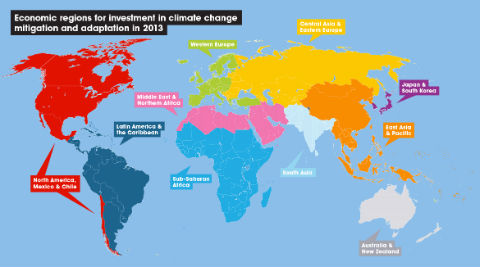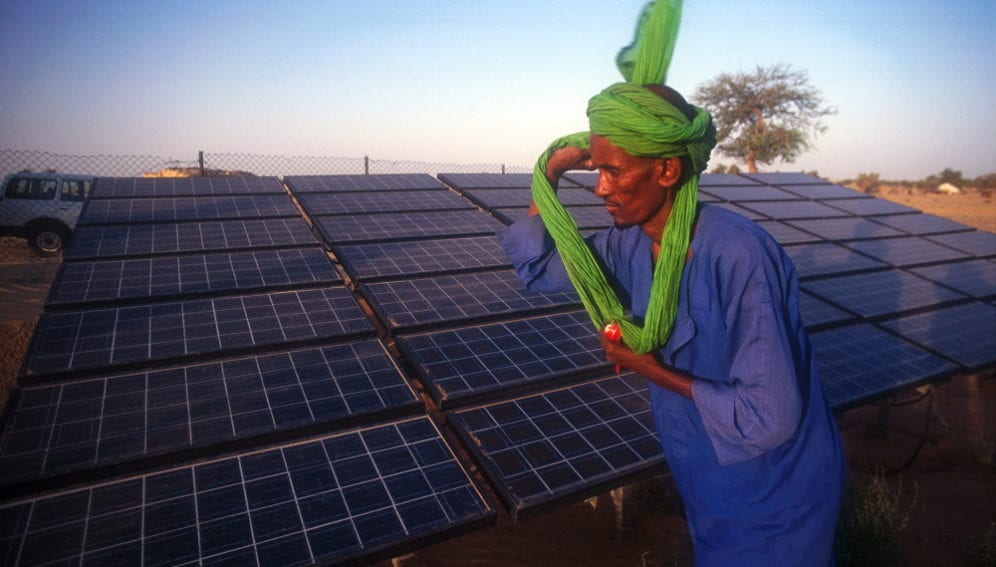By: Lou Del Bello
Send to a friend
The details you provide on this page will not be used to send unsolicited email, and will not be sold to a 3rd party. See privacy policy.
As the UN’s key Climate Change Conference, COP 20, gets under way this week in Lima, Peru, new figures show a significant drop in global investment in climate mitigation and adaptation. ‘Climate finance’ fell by US$28 billion to US$331 billion last year, according to a report by think-tank the Climate Policy Initiative (CPI).




This money was mainly invested in mitigation measures such as clean energy production, energy efficiency and sustainable transport, says the Global Landscape of Climate Finance 2014 report. About a tenth of the total went on adaptation strategies such as water supply and management, it adds.
But the report, launched on 20 November, highlights an annual reduction of US$28 billion in such investment. This is despite the CPI’s equivalent report from 2013 warning that the US$359 billion spent on climate response in 2012 was “far below even the most conservative estimates of investment” needed to limit global warming to below the two degrees Celsius threshold of danger agreed under the UN Framework Convention on Climate Change.
The new report points out that the drop in climate finance is partly due to falling prices of clean technologies such as solar power, so less money goes further.
However investors remain particularly risk averse and almost three-quarters of investment was spent in its country of origin. For example, private sector organisations invested 90 per cent of their money in their own country as this was considered financially safer.
The money coming from international sources is crucial for developing countries, which are often the most vulnerable to climate change. “The fact that investors tend to see domestic investments as the ‘safer’ option should emphasise the importance of global climate initiatives such as the Green Climate Fund and Clean Development Mechanism, aimed at helping to transfer wealth and resources from developed to developing nations,” says Luke Sussams, a researcher at financial think-tank Carbon Tracker.
He points out that a UN meeting in Berlin, Germany, on 20 November delivered an encouraging message, with nations pledging more than US$9 billion to the Green Climate Fund. But he admits that “continuing to add to this pot and achieving its targeted US$100 billion a year [goal] by 2020 is vital to help ensure poorer countries are not disproportionately penalised by climate change”.
However, while international efforts to finance climate responses are making slow and uncertain progress, the world remains heavily dependent on fossil fuels. The International Energy Agency reports that investments in oil, gas and coal extraction, transport, refining and burning have more than doubled since 2000, reaching US$950 billion in 2013.
In particular, developing countries increasingly rely on fossil fuels to power their fast-paced growth and fight energy poverty.














